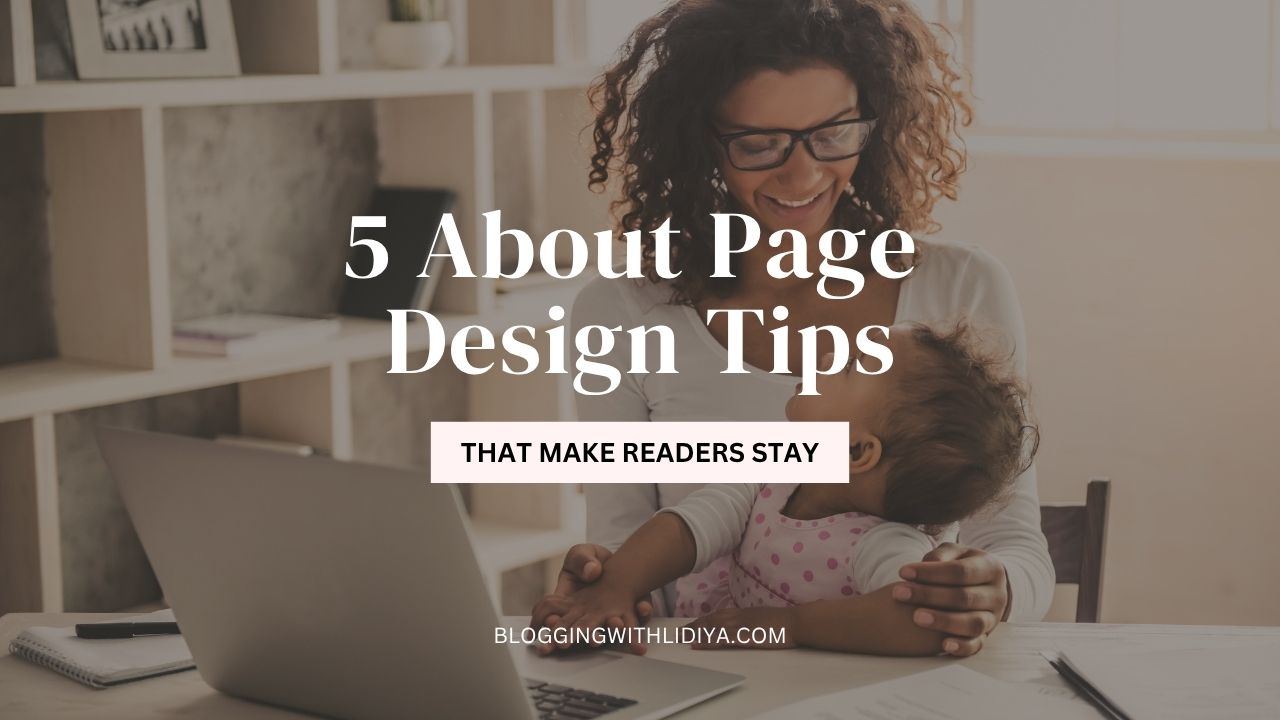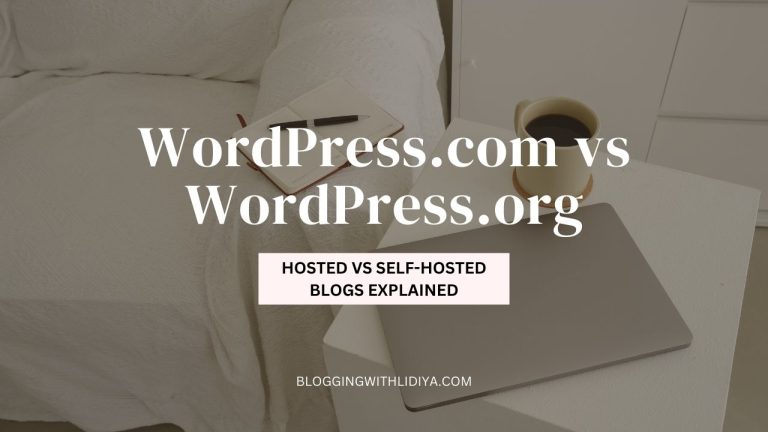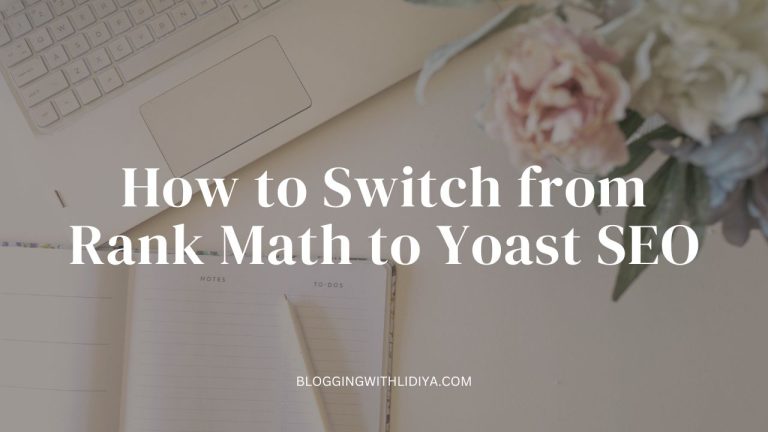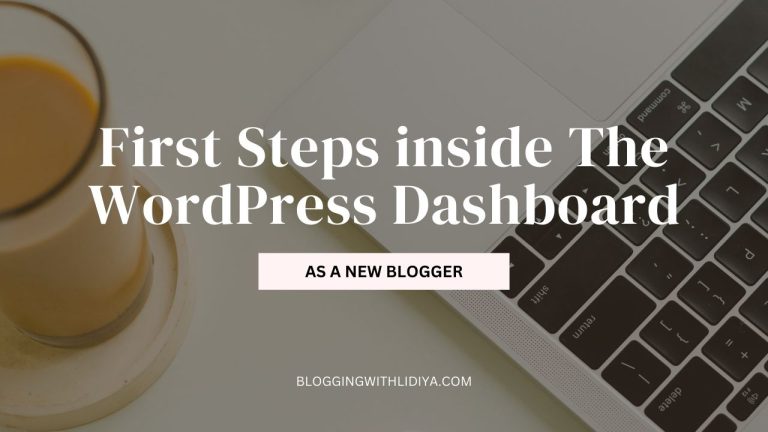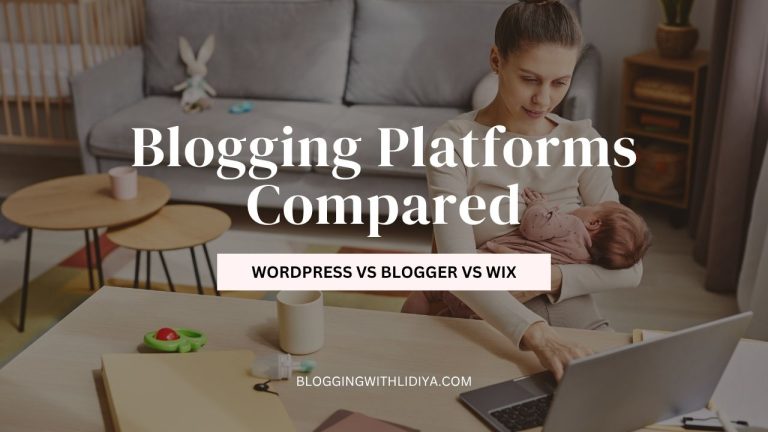5 About Page Design Tips That Make Readers Stay
Your About page is one of the most visited spots on your site. It’s where people decide if they’ll stick around or click away.
But here’s the thing: most About Me pages are either too short (“Hi, I’m X, welcome!”) or way too long (a full autobiography no one asked for).
The sweet spot? A page that tells your story, connects with readers, and shows them why your blog matters to them.
This isn’t just about saying who you are, it’s about creating trust, building a bond, and giving people a reason to come back. Done right, your About page turns casual visitors into loyal readers, subscribers, and even future customers.
So, let’s break down exactly what to include and how to organize it, as well as go through some About page design tips.

What to Include on Your About Page
A heading.
Think beyond a boring “About” title. That’s forgettable. Instead, use this space to grab attention and set the tone.
A heading should reflect your personality, your blog’s vibe, or the transformation your readers are looking for.
For example, instead of “About Me,” you can try “My Story,” “Why I Started This Blog,” or “The Journey So Far.”
Keep it short, clear, and welcoming.
An engaging intro.
Your first few paragraphs decide whether a reader will continue reading or not so make sure they are great.
The ‘About you’ section.
The next element of your About page is who you are and what you do. That’s the basic information you can share about yourself and it can be a few sentences.
Share what you believe in.
You can state your main beliefs in life, what you’re passionate about and what motivates you to wake up every morning and work on your goals. But share these not in an it’s-all-about-me way, but so that the reader can feel encouraged and find similarities so they can actually imagine the life you’re talking about.
Tell readers what the blog is about.
What do the name and brand stand for? Who is this blog targeting and how is it going to help its readers?
State your mission, blog goals and vision for the future here and allow the reader to dream together with you.
Your image.
A picture is worth a thousand words. Keep in mind that the image you add will say a lot about you and what your priorities in life are.
Make sure to smile and use basic body language techniques such as standing straight with your shoulders back. Over time, you can add an image of you on your laptop. That works great when you want to share with others how important your side hustle or business is to you.
Links and resources.
Links and resources make your About section more useful instead of just a story. Here are some great options to include:
- Your most popular blog posts – give new readers a shortcut to your best content;
- Freebies or opt-ins – like your free course, checklist, or guide;
- Your shop or digital products – if you sell courses, ebooks, templates, etc;
- Podcast episodes or interviews;
- Press/features – links to where you’ve been published or mentioned;
- Social media profiles;
- Tools you use/recommend – could be affiliate links too;
- Your contact page – simple but important.
This way, your About page doesn’t just introduce you, it becomes a hub that helps readers dive deeper into your world.
Call to action (CTA).
A call to action tells readers what to do once they read your story. That could be to head over to the blog and check out the recent posts, sign up to your email list, call you to make an appointment, email you if they have any further questions, download your freebie, or listen to your podcast and leave a review.
Whatever it is, you should say it directly and have an opt-in form, buttons, or links so they can take the action.
Testimonials.
After blogging for a year, you will have loyal readers, email subscribers and maybe some customers. You can always ask some of them to give you a testimonial and share this on important pages on your site such as the About page.
You now have enough ideas on what to write about. Let’s see how to organize this and design it so it’s ready for publishing.
About Page Design Tips
Keep it minimal.
If you’re in doubt, simpler is always better. That means a white background and focus on content, breaking down paragraphs and sections with subheadings and images, keeping paragraphs short and not making sentences too long either.
Don’t overcomplicate it.
If you try to say all you can in your About page with the goal of making it interesting but also not missing any detail, you’ll do the reader a big disservice as that will just be overwhelming.
One trick is to keep the main info in the first 500 or 1000 words and then add anything else after that for those willing to scroll down and read more.
Organizing the content in a way that makes perfect sense.
You should start from the beginning (but the beginning that relates to the image you’re trying to create for your brand), what you learned and how it all led to here – writing on this blog, growing as a person and building something online.
A good idea might be to share your journey year by year.
Be authentic.
Don’t pretend to be anyone else. People like to hear unique stories online and no one else can be you but you. So do just that – show your personality, analyze how where you’re coming from has affected your current mindset and what motivates you to work hard to reach your goals.
Write the way you talk, share real-life examples, tell an embarrassing story from your past if you want to.
But to make the About page work both for you and your readers, also share how you’ve struggled with the problems your blog is now trying to solve. Show people you have experience in this niche and are willing to master your craft.
Be specific.
Tell people how you can help them by demonstrating how you’ve solved your own problems or have helped those around you over the years.
Add a link to your navigation menu.
Don’t let your story get buried somewhere no one can find it. One of the simplest About page design tips is adding a link to your About section right in your navigation menu.
It’s often one of the first places new visitors click when they land on your site, so make it easy for them.
A clear, visible link at the top not only helps people get to know you faster, but also makes your site feel more professional and well-structured.
Final words
A lot can be going on in your About page if you completely open up and share your story. Of course, you can also simply add a few paragraphs about yourself and what the blog is about, and only update and improve your About page in a few months.
Whatever you decide to do, don’t leave it for one day. Go ahead and create this welcome section now. Use the About page design tips above to write your story in a way that resonates with your target reader.
Got any questions? Let me know in the comments below.

